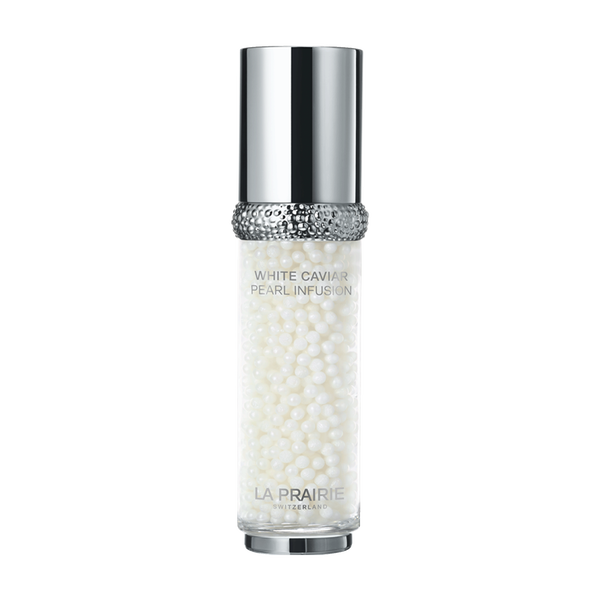Can we help?
Please get in touch by phone or email
+44 (0) 2079 686 871
DELIVERY TO A DIFFERENT LOCATION?
You are currently in the United Kingdom store.
If you want to deliver to another destination, you will need to select your desired local market website below.
Please be aware that products in your Shopping Bag, currency and delivery are subject to changes.
Choose your local market website:
Proceed to
SKIN CAVIAR
EYE LIFT
LIFTING AND FIRMING EYE SERUM

PLATINUM RARE
HAUTE-REJUVENATION MASK
REJUVENATING TWO-STEP NIGHT TREATMENT

SKIN CAVIAR
LUXE CREAM
RICH AND VELVETY FACE CREAM

PURE GOLD
RADIANCE CREAM
REVITALISING MOISTURISING CREAM

WHITE CAVIAR
PEARL INFUSION
ILLUMINATING AND FIRMING LIGHT-INFUSED FACE SERUM